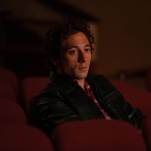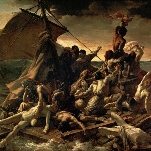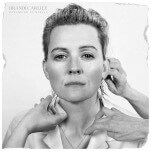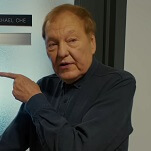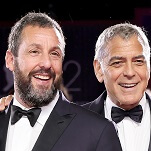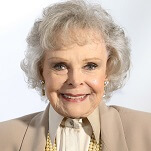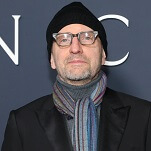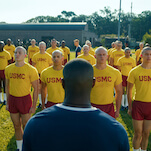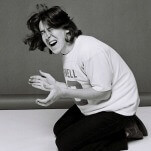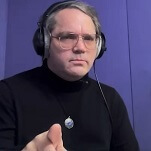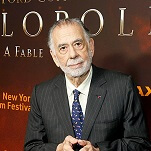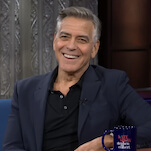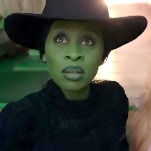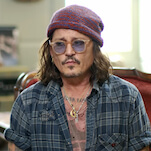A lot more ambitious than its slim size (less than 130 pages, including index) might indicate, How Sassy Changed My Life: A Love Letter To The Greatest Teen Magazine Of All Time offers a surprisingly aerial overview of the short-lived but enormously beloved teen-girl magazine it celebrates. Brooklynites Kara Jesella and Marisa Meltzer take in Sassy's cultural impact, its plentiful backstage drama, its feminist legacy, and the era the magazine helped to embody. They occasionally let the many testimonial quotes they've gathered get in the narrative's way. But mostly, as with the magazine it celebrates, the book's tone is effective camouflage for the authors' thorny inquiry into the ways the popular press panders to teenage girls.
Launched in 1988 by the Australian publishing group Fairfax, which wanted a U.S. clone of its popular monthly, Dolly, Sassy engendered more controversy than any of its rival titles. (In the book, music critic Ann Powers refers to Sassy as its era's equivalent of Playboy.) Early pieces on teen sex and homosexuality drove away advertisers, cost the magazine distribution, and gave it an unfair reputation for raunchiness, even though the editors mostly avoided those topics after the first few issues. Its founding staff, including editor-in-chief Jane Pratt and staff writer Christina Kelly, became first-names-only stars, with patrons of alt-rock cool like Sonic Youth and Spike Jonze (staff photographer for Sassy's short-lived boy counterpart, Dirt) becoming magazine regulars. But its greatest achievement was the way it spoke to teenagers of both genders in their own language, rather than in a clueless middle-aged version of kid-slang. Jesell and Meltzer give plenty of space to the magazine's shortcomings, such as its racial blinkeredness (there's a painful account of the prejudice that African-American staff writer Diane Paylor endured) and how its über-hipness could be as pernicious as its competitors' cheerleader-for-life tone. Most resonant is the chapter on Sassy's mid-'90s downfall: Pratt began hosting ill-fated talk shows and no longer steered the editorial ship, and Peterson—publisher of Sassy's arch-nemesis, Teen—purchased the magazine and turned it into the vapid, diets-stuffed publication Pratt's crew had existed to combat, complete with an "edgy" editorial tone precisely as convincing as David Cross impersonating Pootie Tang. It lasted less than two years, and was dubbed the "Stepford Sassy." Here's hoping the original Sassy gets its own best-of book.


